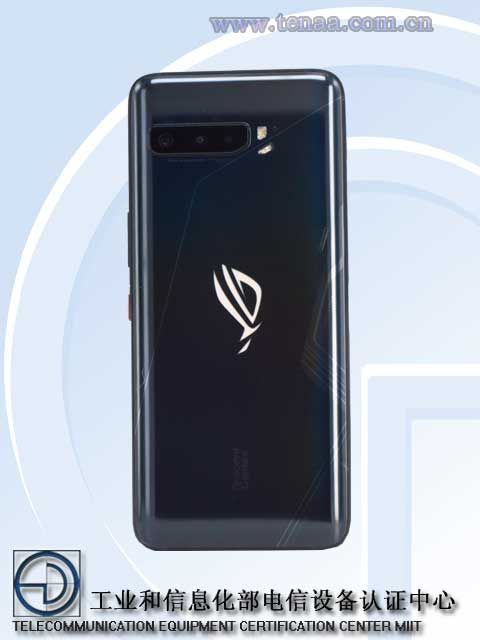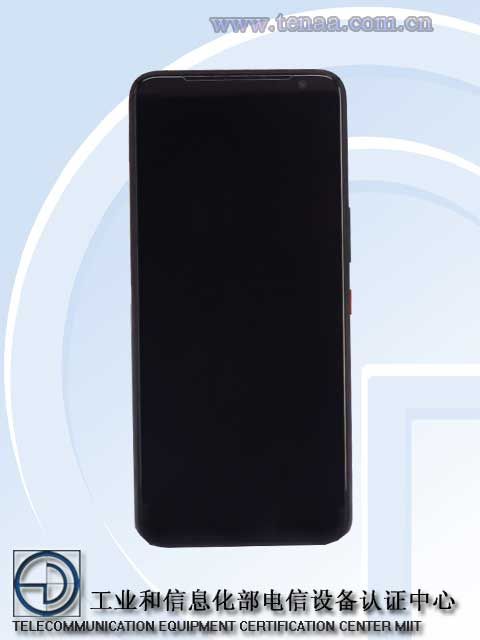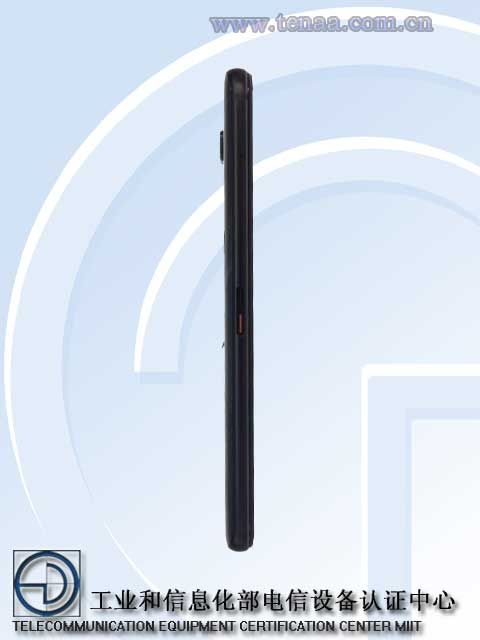After updating the OPPO F9 and F9 Pro to ColorOS 7 earlier this month, OPPO is bringing the latest flavor of its custom skin to two more phones: A5 (2020) and A9 (2020). Both phones had received a beta version of ColorOS 7 based on Android 10 late last month, and OPPO promised it would kick off the stable rollout starting June 24th. Making good on its promise, the Chinese OEM has now begun rolling out the much-awaited update to the A5 (2020) and A9 (2020).
This will be a phased rollout with only a small batch of devices initially receiving the OTA. If no critical issues crop up in the first phase and everything looks smooth, the rollout will gradually be expanding to more devices over the coming days. To check for the update, head to Settings > Software Updates and click on “Trial Version” from the gear menu located in the upper right corner.
The ColorOS 7 Android 10 update brings with it a plethora of exciting features and changes, including a refreshed UI, redesigned iconography, a system-wide dark mode, new navigation gestures, Digital wellbeing tools with parental controls, optimized Game Space, new wallpapers, and much more. To learn more about everything new in ColorOS 7, check out our full review of the software.
ColorOS 7 Review: A fresh new look makes this one of the most compelling user interfaces
Launched in September last year, the A5 (2020) and A9 (2020) are budget smartphones from OPPO, packing a 6.5-inch HD+ display, Snapdragon 665 SoC, quad cameras, and a 5,000 mAh battery. Both phones came running Android 9 Pie based on ColorOS 6.1 and were promised to receive ColorOS 7.
Check out the full changelog of ColorOS 7 update for the A5 (2020) and A9 (2020):
- Visuals
- Brand new borderless design makes visuals more attractive and operation more efficient.
- Added OPPO Sans as the default font. The new font delivers a refreshing feel and fits well with OPPO’s pursuit of blending beauty and technology.
- Smart Sidebar
- Optimised user interfaces and improved one-handed operation.
- Drag an app out of Smart Sidebar to open it in Split-screen mode.
- Added two settings: Assistive Ball Opacity and Hide Assistive Ball on Fullscreen App.
- Optimised the Floating Window feature for more apps.
- Added a bubble: A bubble is displayed when you open an app in a floating window from the Smart Sidebar. Tap the bubble to collapse and open the app.
- Screenshot
- Optimised 3-Finger Screenshot: Use 3 fingers to touch and hold the screen and swipe your fingers to adjust the screenshot size. Use 3 fingers to touch and hold the screen and swipe your fingers outwards to capture a long screenshot.
- Added screenshot settings: You can adjust the position of the screenshot preview floating window and set the screenshot sound.
- Optimised screenshot preview floating window: After taking a screenshot, drag it up and release to share it, or drag it down and release to take a long screenshot.
- Navigation Gestures 3.0
- New gesture: Swipe inward from both sides of the screen and then hold to switch to the previous app.
- Optimised gestures: All gestures are supported in landscape mode.
- System
- Added Dark Mode: Protects your eyes while reducing power consumption.
- Added Focus Mode: Shields you from outside distractions when you are learning or working.
- Added all new charging animation.
- Optimised the Quick Settings user interface for easier one-handed operation.
- Swipe left or right to ignore banner notifications.
- Added a pause function for screen recording.
- Added a floating window and settings for screen recording.
- New sounds added for file deletion, calculator key touches, and compass pointer.
- Optimised system pre-loaded ringtones.
- Added TalkBack floating prompts for Accessibility.
- Colour Accessibility Mode added to improve the user experience for visually impaired users.
- New management function for recent tasks: You can view memory information about recent tasks and lock apps.
- Games
- Optimised visual interaction for Game Space.
- Optimised the startup animation for Game Space.
- Home Screen
- More live wallpapers.
- Added Art+ static wallpapers.
- Customise whether to open Global Search or the notification drawer when swiping down on the Home screen.
- Customise the size, shape, and style of app icons on the Home screen.
- Swipe up on the Lock screen to switch unlock methods.
- Optimised the graphic design of password unlocks to facilitate one-handed operations.
- Supported live wallpapers on the Lock screen.
- More screen-off clock styles.
- Added a simple Home screen mode, featuring larger fonts and icons and a clearer layout.
- Security
- Connect your phone to Wi-Fi networks using a random MAC address to avoid targeted ads and protect your privacy.
- Tools
- In Quick Settings or Smart Sidebar, you can open Calculator in a floating
- Added the trim feature in Recordings.
- Added the Weather (dynamic) ringtone, which automatically adapts to the current weather.
- Added weather-adaptive animations in Weather.
- Camera
- Optimised the Camera UI for better user experience.
- Optimised the Timer UI and sound.
- Photos
- Optimised the Album UI for a clear hierarchy and quick lookup of photos.
- Added Album Recommendations that recognises more than 80 different scenes.
- Communications
- OPPO Share now supports sharing files with vivo and Xiaomi devices.
- Optimised the Contacts UI for a more efficient experience.
- Settings
- Search Settings now supports fuzzy match and contains a search history.
- Applications
- Soloop Video Editor: Create your video with one tap.
- Added DocVault, an app for easy management and use of your digital ID cards (available only on phones sold in India).
Source: ColorOS Community
The post OPPO A5 (2020) and OPPO A9 (2020) Android 10 update with ColorOS 7 starts rolling out appeared first on xda-developers.
from xda-developers https://ift.tt/2B6WZu1
via IFTTT




